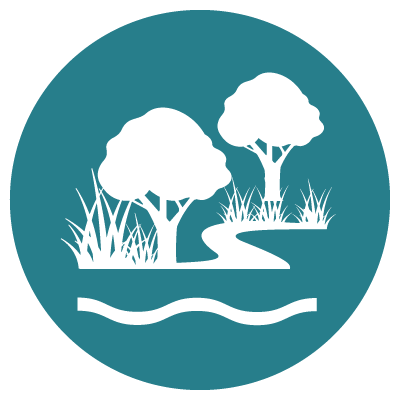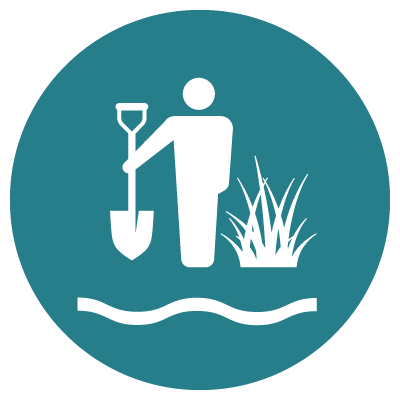Waterways provide a place for people to connect with nature and with others
Waterways are places where people can connect socially and with nature.
They provide focal places for gatherings of all sizes - from small social connections like family barbeques through to large cultural events such as festivals and art installations.
Waterways are significant places for Aboriginal people to connect with Country and community.
Many community groups have formed because they want to help care for their local waterways. These groups help build community connection by bringing people together to create positive change in their local environment.
Waterways can also be a setting to engage with environmental learning and to foster connection with nature through a range of activities such as birdwatching and bush kinder.
Community connection is measured through community surveys
To assess how the community perceives waterways, a region-wide survey is conducted. The survey typically samples over 2,000 individuals and ensures coverage across the region and across age and gender.
To assess community connection for rivers, the response to the question “How satisfied are you with Melbourne’s waterways being suitable for how you use them?” was used for survey participants who identified social meetings, family outings, picnics, barbeques, lunch as the primary reason that they visit waterways.
For estuaries, the analysis of community connectedness is based on the existence of active community groups.
For wetlands, the limited data on community connection meant the baseline was unable to be established in 2018. The Strategy includes an action to better understand social values of wetlands and this work has been initiated.
A process to review and improve indicators for the social values has started. It is expected that new indicators will be implemented after the mid-term review. A region-wide evaluation of community connection will be undertaken during the mid-term and final reviews of the strategy.
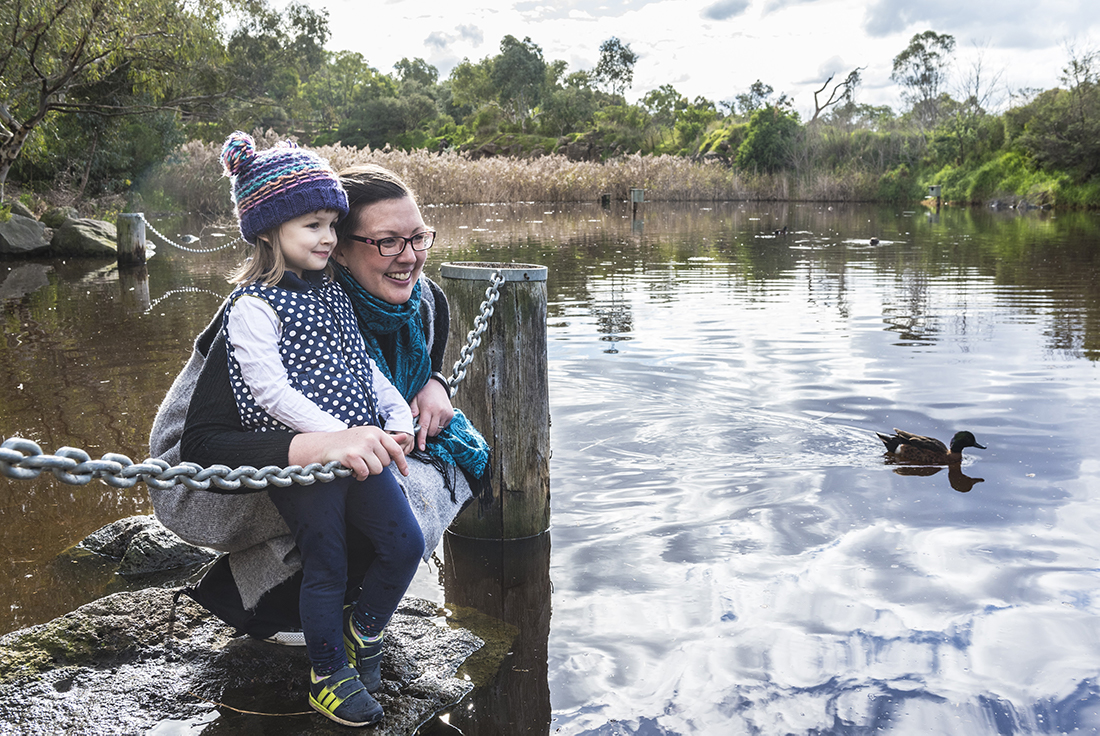
Community connection baseline and targets
2018 baseline: the community connection baseline was measured in 2016 through a Community Perceptions Survey.
2068 target: the target represents where we want to be in 50 years and is what can be achieved with an increased collaborative and prioritised effort. The ‘target trajectory’ includes assumptions on improving access, vegetation, litter and participation programs.
Without a coordinated effort to provide key services such as access paths, litter and vegetation management and support for participation programs that connect people to each other and to nature the level of satisfaction with community connection is expected to decline, especially as urbanisation and population growth continues.
A region-wide evaluation of community connection will be undertaken during the mid-term and final reviews of the strategy.
Number of waterways in each catchment by community connection score
Hover, click or tap (on mobile) the charts below to view more information.
Baseline and trajectories in Rivers
Baseline and trajectories in Estuaries
Conceptual models show the links between conditions and community connection
Conceptual models are a summary diagram that simply illustrate which conditions are most important to support community connection. Actions that can improve environmental and social conditions are linked via box colours.
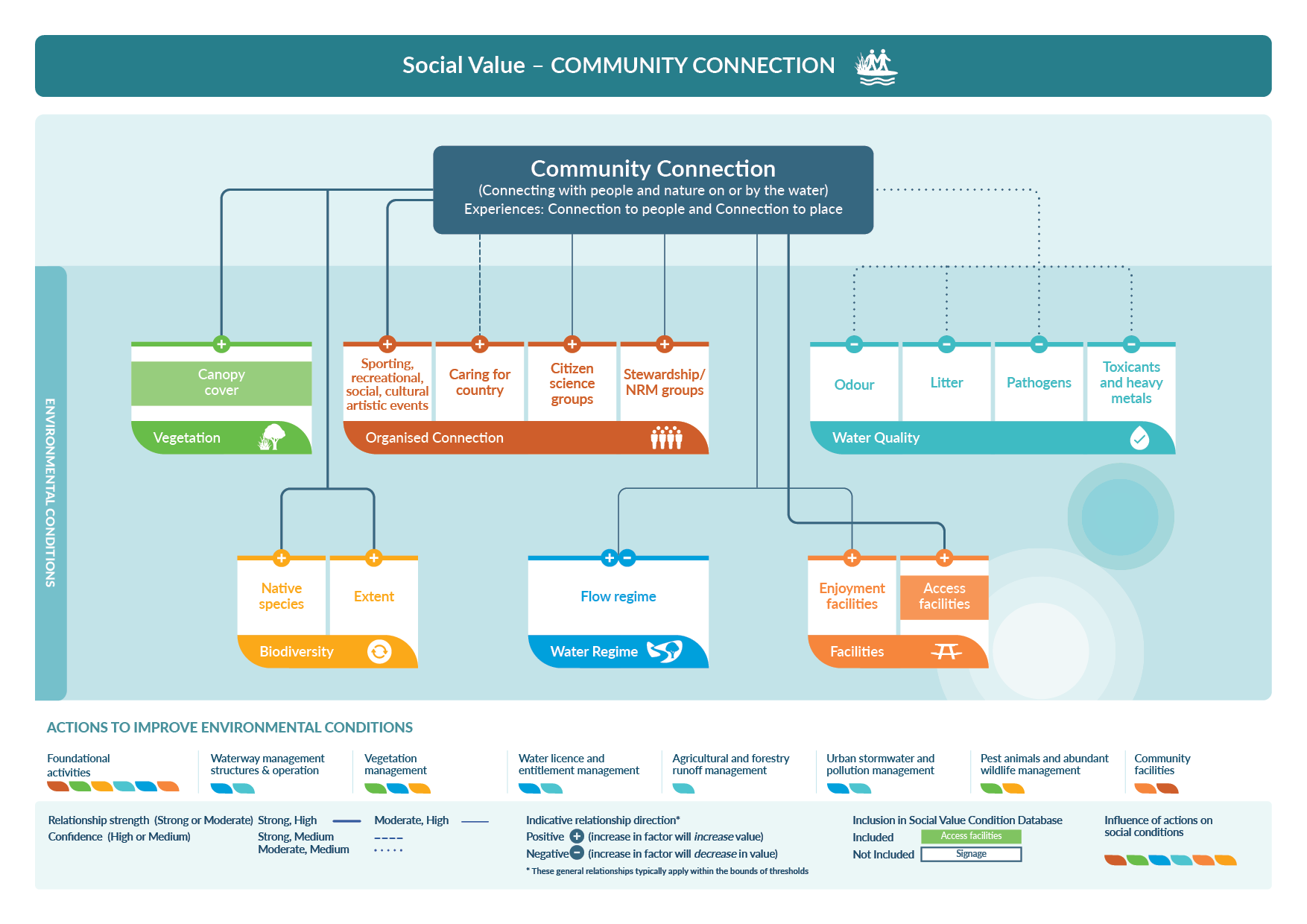
Download the community connection conceptual model (PDF 216 KB)
More information on the conceptual models can be found in the Healthy Waterways Strategy Resource Document.
Changes in waterway conditions can influence community connection
Vegetation
Vegetation is an important element that makes waterways attractive for community events. People enjoy waterways with large trees that provide shade and places to gather for picnics and social events. Vegetation management for community needs to be balanced across the region to ensure environmental values are supported.
See waterway conditions - vegetation to see how vegetation is monitored.
Biodiversity
Being able to hear frogs and see birds, fish or platypus and a wide range of trees and shrubs adds to the sense of naturalness of an area and a sense of connection to nature. Places with high biodiversity are seen by the community as special places to help take care of and to learn in.
See frogs, birds, platypus, vegetation and macroinvertebrates for more details on how biodiversity is monitored.
Participation
Being amongst trees and being able to hear frogs and see birds and maybe fish or, if you’re really lucky, a platypus adds to the experience of awe and connection with nature. People who connect with the awe of nature are much more likely to take steps to look after it. There are a huge range of events that take place along waterways that encourage community connections with nature - these include tree planting days, bushwalking activities, local festivals and citizen science programs such as Waterwatch, Frog Census and PlatypusSpot.
See waterway conditions - participation for more details on how participation is monitored.
Water quality
The presence of water which is free from odours and litter adds to the sense of naturalness which in turn supports the desirability of a place for community connection.
See waterway conditions water quality and litter for more details on how these conditions are monitored.
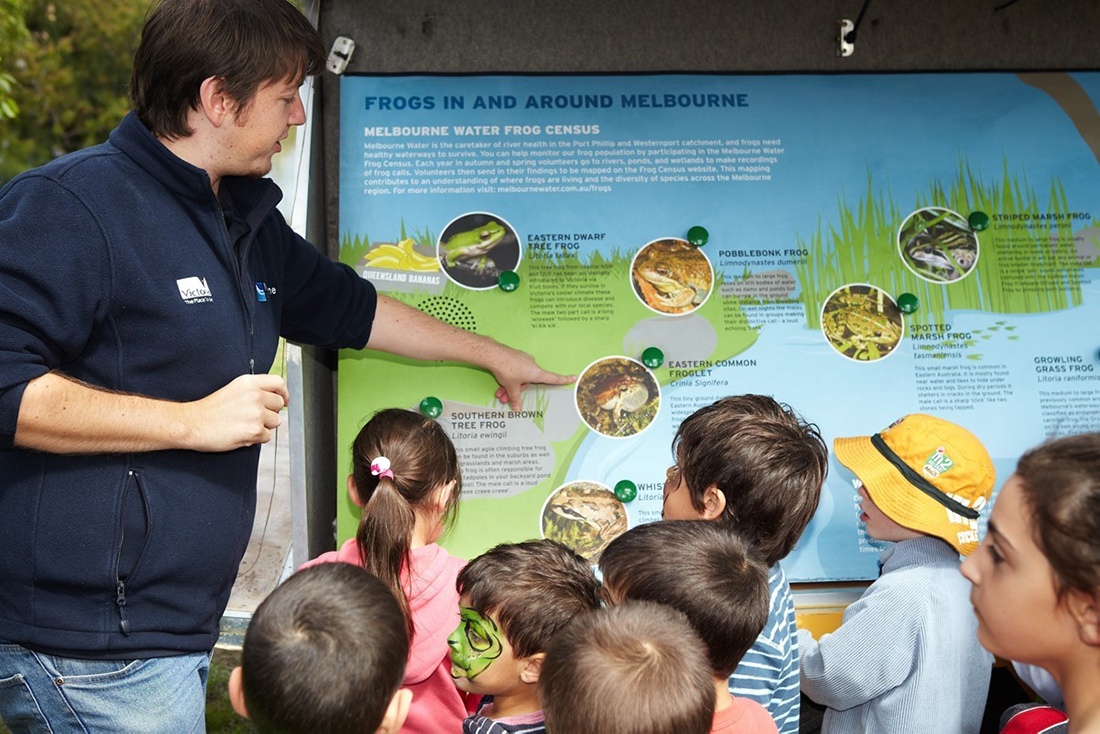
Actions that improve community connection
There are a range of actions that can improve rivers, wetlands and estuaries to support community connection, and performance objectives are tracked annually. More information on how the strategy progress is being tracked can be found in the Report Card.
Establish buffers and maintain vegetation quality
Vegetation contributes to the aesthetics of waterways as a place for community connection as well as supporting birds and frogs that contribute to a sense of naturalness. Vegetation can also provide local shading and cooling that make waterways great places to gather.
People tend to prefer certain aspects of native vegetation such as tall, shady trees with gaps where they can see the water. This is not what is ideal for most ecological values. Being aware of the different requirements and managing for both across the region creates a patchwork of areas that support both the social and biodiversity outcomes along waterways.
In the strategy, targets have been set for extending vegetation buffers and improving vegetation quality across most of the region for rivers, wetlands and estuaries. It also has actions to support urban cooling through revegetation and stormwater management.
Enhance habitat for biodiversity
Seeing birds and hearing frogs along waterways provides a connection with nature and adds to the appeal of waterways for community connection. Habitat can be improved to support greater diversity of birds, frogs and fish. Minimising human impacts to critical areas to prevent impacts on breeding is also part of enhancing biodiversity.
In the strategy actions such as protection of roosting sites for birds in estuaries and improving fish passage in rivers support habitat for the environmental values.
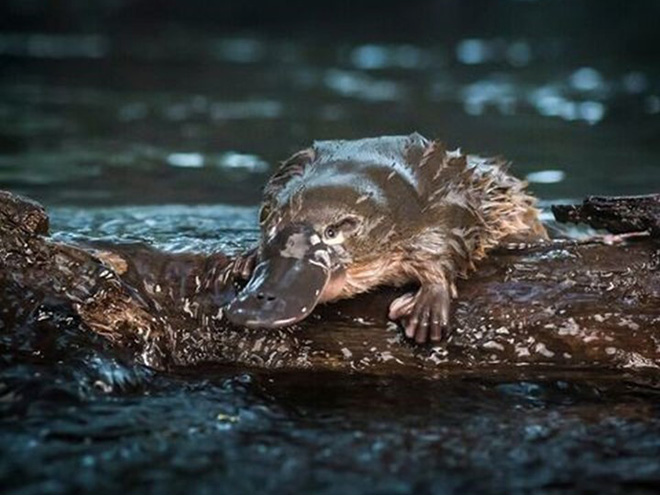
2023 Case study: Planting 4 Platypus
Platypus in the Diamond Creek in Melbourne’s north east are feeling the love from their local community who are working hard to improve the creek habitat.
Opportunities to participate
Organised sporting, artistic and social events encourage people to explore and value waterways. Providing support for educational experiences relating to waterways helps people connect to each other and nature.
The strategy includes actions to increase participation across the region. This includes participation in relevant festivals and organised events such as the Inflatable Regatta and Kids Teaching Kids, participation in Friends groups and participation in educational events and activities such as Waterwatch, Frog Census and PlatypusSpot.
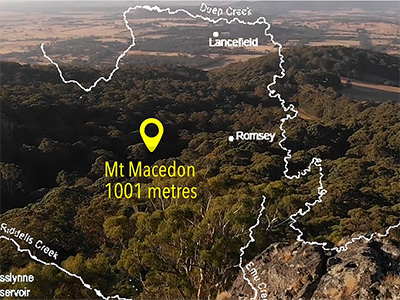
2023 Case study: Caring for Mirrangbamurn — The Maribyrnong River and Waterways Association
An integrated and living natural entity, the Maribyrnong (Mirrangbamurn) River and its catchment represents a vital element of Melbourne's ecosystem, culture, and community in its journey from source to sea. The Maribyrnong River and Waterways Association (MRWA) are a passionate community of people who are a strong, independent voice for the river they love.
Improve access to enable enjoyment of waterways
The provision of safe paths and signs enables access to the waterway corridor. Public open space allows for community connection events to occur. Supporting the provision of access facilities such as boat and canoe launch areas help facilitate people connecting with waterways and nature.
In the strategy actions such as linking existing path networks and in new growth areas building new paths to facilitate access supports community connection.
Improve water quality
Litter and odours detract from the attractiveness of waterways as places for community connection. Improving litter management improves the visual amenity of waterways. Odours can be improved through actions to target better stormwater management, improved water quality and flows.
See regional performance objectives RPO-26 and RPO-27 in the Report Card for the litter related objectives of the Strategy.

2023 Case study: Collaboration is key — Tackling the tricky issue of litter together
Litter in waterways continues to be of great importance for our community. Not only is it unsightly and can entangle animals, it represents the impact that invisible pollutants in run-off can have on waterways.
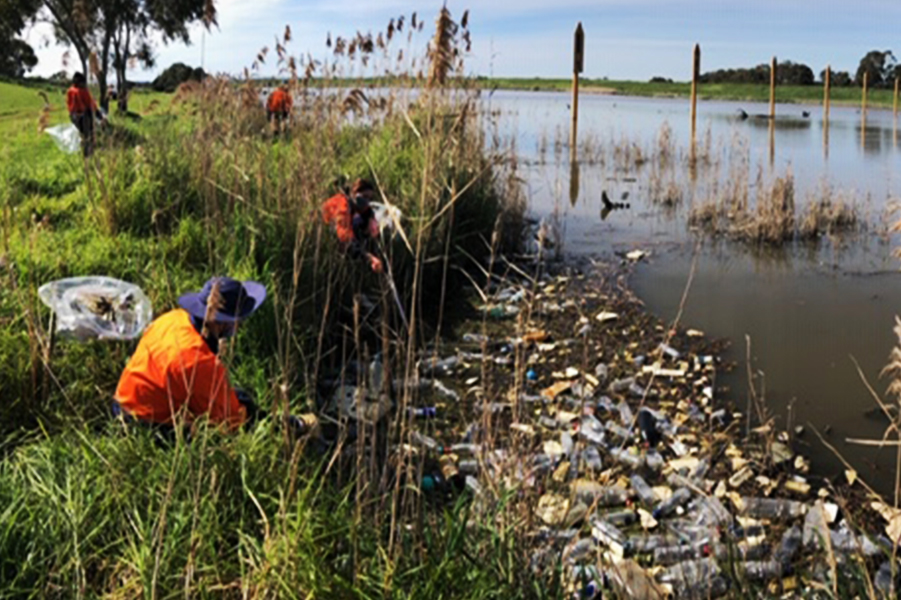
Case study: Litter Trackers - Understanding litter transport in Melbourne’s waterways
Litter is a significant problem in waterways and most of the sources of litter arise from our suburban streets. Litter tracking studies using plastic bottles with small GPS tracking devices inside collected data to show how far and how quickly litter travels through drains and waterways to the sea.
